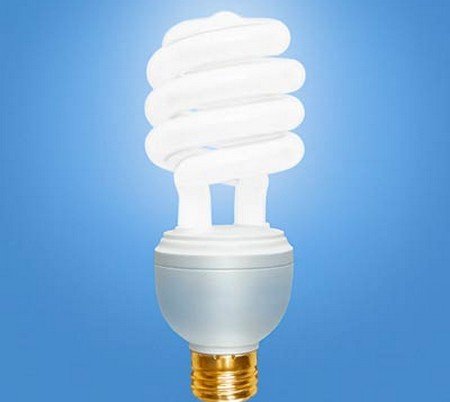What are the key considerations you should have when thinking of buying one of these machines?
Do you really need it in the first place? As we become aware of how much damage to the environment one of these machines can do in its lifetime, we should seriously consider whether we can do without certain appliances such as dishwashers.
The energy source— for many of these machines there is no choice but electricity, but where there are alternatives these should be used if at all possible.
Durability and ease of repair and maintenance. These are both crucial to the life expectancy of a machine. Very often this is a low consideration for manufacturers compared to the initial cost and extra gimmicks but thankfully those who buy appliances always have the option of obtaining a warranty which will help them with repairs and maintenance in the future. You can learn more about it here. For complex repairs like an In-Home Refrigerator Repair, you may need to find an expert that specializes in refrigerator repair for the brand of appliance you have at home.
The energy in use—this is the most important consideration in the case of nearly all these machines, and one for which it should be possible to make comparisons before making a purchase. Manufacturers make a big play of the initial capital cost but much less of cost in use.
The energy required to manufacture and dispose of the appliance— there are no comparative figures available yet, but this is clearly an area of increasing importance.

Lifecycle energy cost
The last two considerations can be brought together in the lifecycle energy cost:
Manufacturing energy + Operating energy + Disposal energy
= Total lifecycle energy
More commonly this is expressed in monetary terms: Purchase price + Lifetime energy cost = Lifecycle cost
For example, if (a) you purchased a refrigerator for £250 and it costs £45 a year to run, or (b) you purchased a refrigerator for £350 and it costs £30 a year to run, and both machines have a life expectancy of 20 years then:
(a) £250 + (£45/yr. X 20 yrs.) = £1,150
(b)£350 + (£30/yr. X 20 yrs.) = £950
This simply demonstrates that running costs in terms of energy and money are often an equally important consideration as the initial cost when it comes to buying a machine.
From an ecological perspective it would be more useful to be able to express all the costs, including the manufacturing costs, in terms of C02 produced. This would be even more revealing than just comparing the capital cost with the running cost. If you go for an ecological choice and choose an appliance which will both last a long time and use minimal operating energy, you will almost certainly have to pay considerably more initially. However this extra could well be saved several times over during the life of the appliance. More importantly you will prevent many tons of C02 entering the atmosphere.
Reducing our energy consumption by careful use
How should we view the machines we already own? Remember that we have a large influence on how much energy any appliance consumes, as it is how often and how efficiently we use a machine that probably has the greatest influence on its energy use. Undoubtedly there are different ways reductions can be achieved:

Through choices relating to the overall use we make of high energy consuming appliances. For instance, how much raw food we eat rather than cooked food. Are we willing to think of our meals in terms of the energy consumed in their preparation?
By using the heat being generated in our appliances, particularly in winter. This might affect the way we use appliances at different times of year.
By co-ordinating the amount of cutlery and crockery we use with the most energy-efficient wash cycle of our dishwasher (find out what the cold rinse will achieve).
By becoming aware of energy wasting habits such as opening fridge and oven doors unnecessarily.